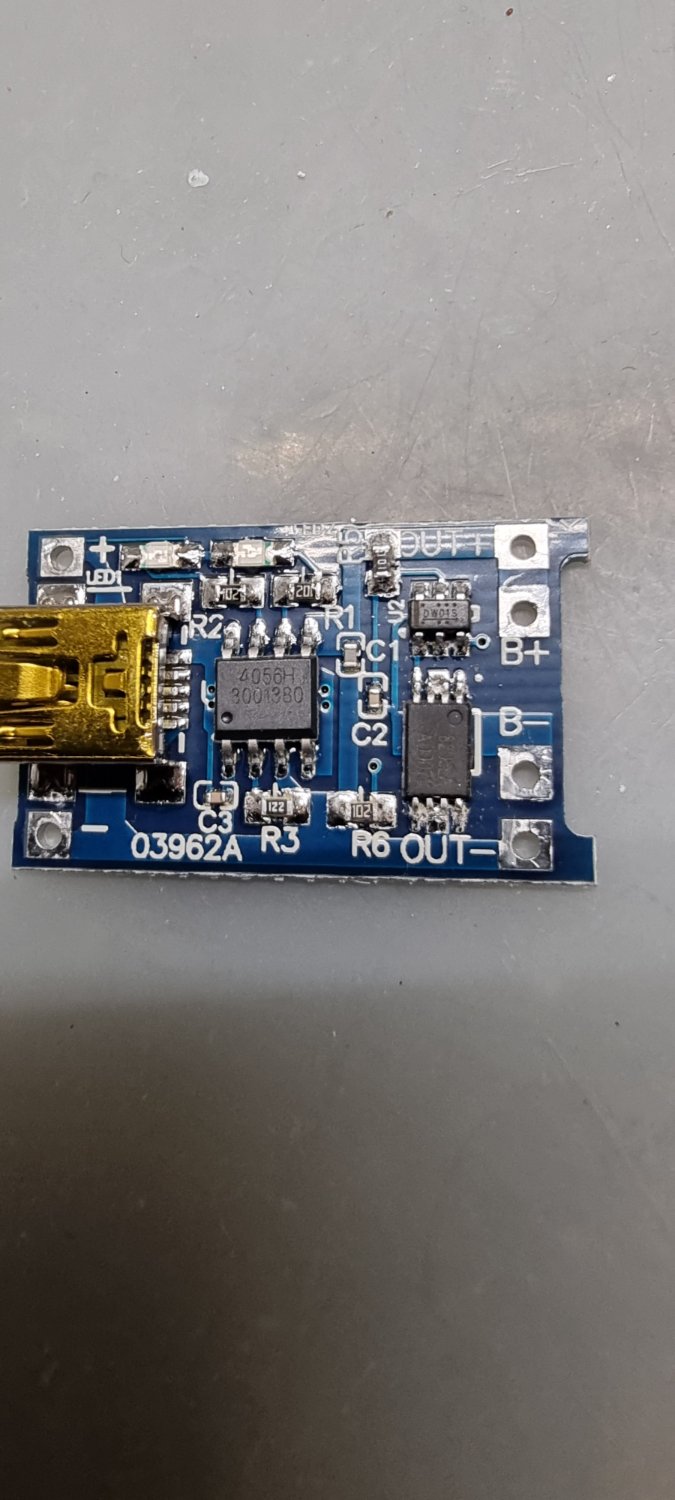Drinking beers beers beers
Sekiro. I immediately started ng+ after finishing it. It's a great game.
Memes from the oldest of ages...
Rise up to the top of the pages!
God damnit why did I check the comments.
What you say?
Have you ever been to a Turkish prison?
He can be and don't call me Shirley.
Everyone who has come in contact with that stuff will die.
You see the results of indie devs that are successful but you don't see the ones that failed.
At work it's because things are intentionally made difficult and arduous. Anything from SAP or HCL is stupidly convoluted so that they can extort their customers with expensive consultants combined with the sunk cost fallacy.
Also for users, every 3 months they will change the UI for no reason
view more: next ›
Rolive
joined 11 months ago


Thunder cheeks works as well and is dirtier.